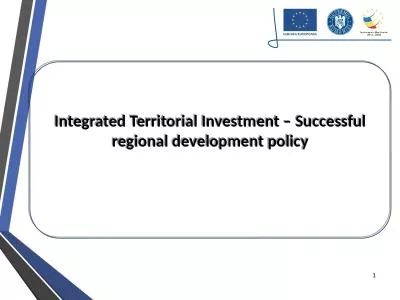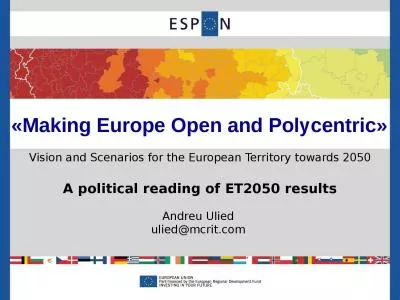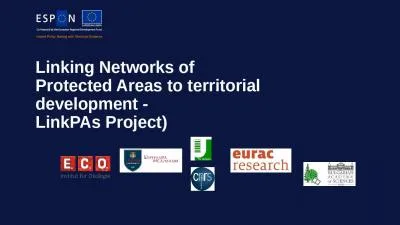PPT-IV. C. Changes & Challenges to Political-Territorial Ar
Author : alida-meadow | Published Date : 2016-07-27
Debra Coram Troxell NBCT Political Geography is Power Pre1970s Spatial Determinism traditional Political Geography Today Goal is to overcome Spatial Determinism
Presentation Embed Code
Download Presentation
Download Presentation The PPT/PDF document "IV. C. Changes & Challenges to Polit..." is the property of its rightful owner. Permission is granted to download and print the materials on this website for personal, non-commercial use only, and to display it on your personal computer provided you do not modify the materials and that you retain all copyright notices contained in the materials. By downloading content from our website, you accept the terms of this agreement.
IV. C. Changes & Challenges to Political-Territorial Ar: Transcript
Download Rules Of Document
"IV. C. Changes & Challenges to Political-Territorial Ar"The content belongs to its owner. You may download and print it for personal use, without modification, and keep all copyright notices. By downloading, you agree to these terms.
Related Documents

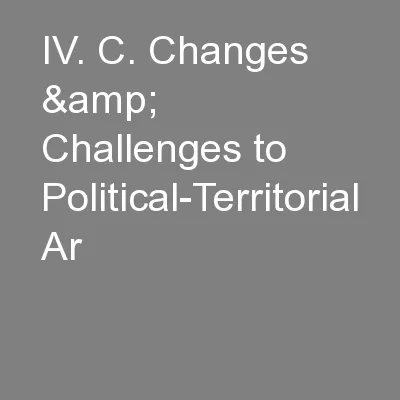

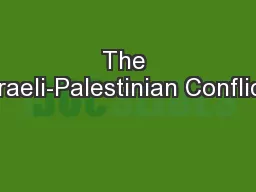
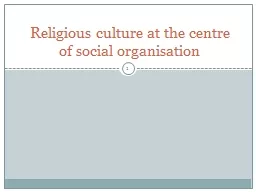
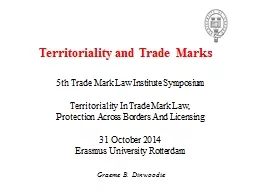
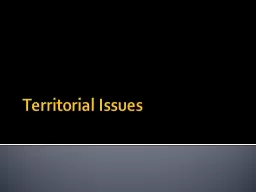
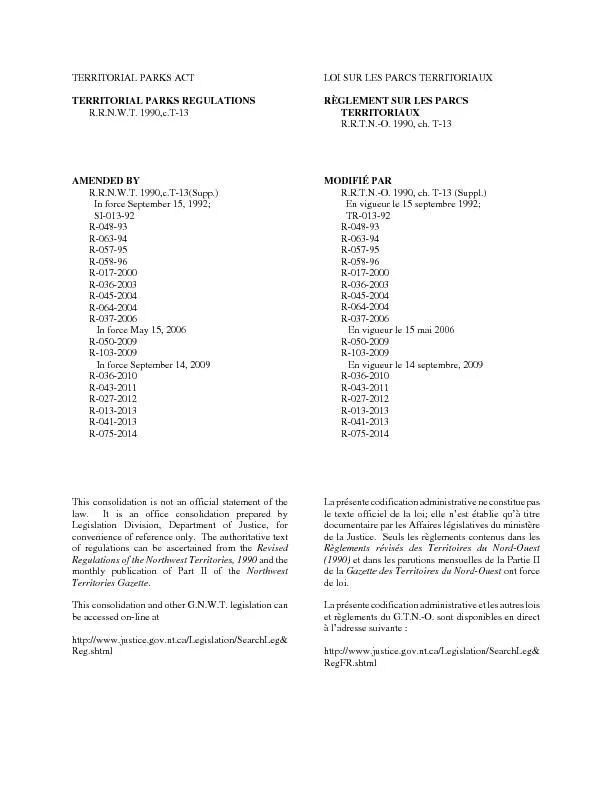
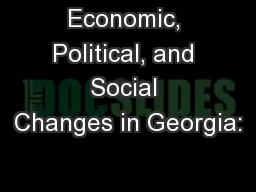
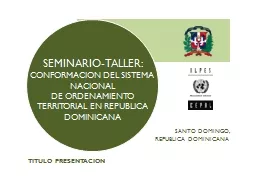
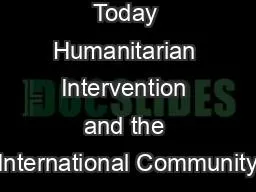
![get [PDF] Download Territorial Sovereignty: A Philosophical Exploration (Oxford Political](https://thumbs.docslides.com/1017683/get-pdf-download-territorial-sovereignty-a-philosophical-exploration-oxford-political-theory.jpg)
